UK PMI services rose to 54.0 in May, up from April’s 52.8, above expectation of 52.9.
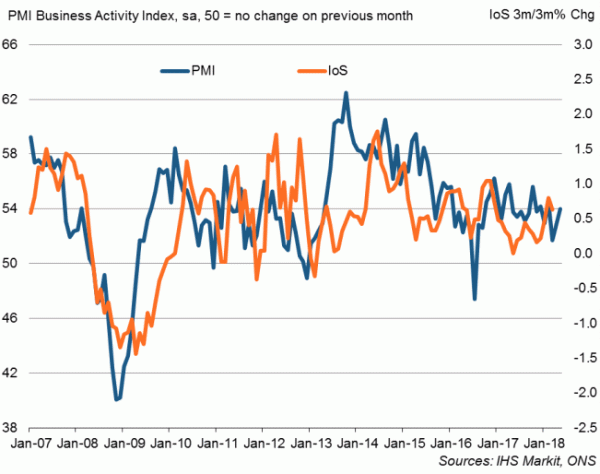
Chris Williamson, Chief Business Economist at IHS Markit, which compiles the survey:
“The improvement in service sector activity adds to evidence that the economy is on course to rebound in the second quarter but, like the earlier manufacturing and construction surveys, raises questions about the outlook. So far, the three PMI surveys indicate that GDP looks set to rise by 0.3-0.4% in the second quarter.
“However, disappointing inflows of new work suggest that growth could wane in coming months as Brexit-related uncertainty continues to weigh on spending decisions and dampen business confidence. Measured across all major parts of the economy, new orders growth in the second quarter so far is running at the weakest since the third quarter of 2016.
“Meanwhile, costs are being pushed higher by rising oil prices and wages, although subdued demand means firms are struggling to pass these higher costs onto customers. Average selling prices for goods and services showed the smallest rise for 11 months in May.
“The signs of economic growth rebounding in the second quarter will likely up the odds of the Bank of England hiking interest rates again in coming months, likely August, but with the forward looking indicators suggesting that the economy could relapse, a rate rise is by no means assured.”
Full release here.




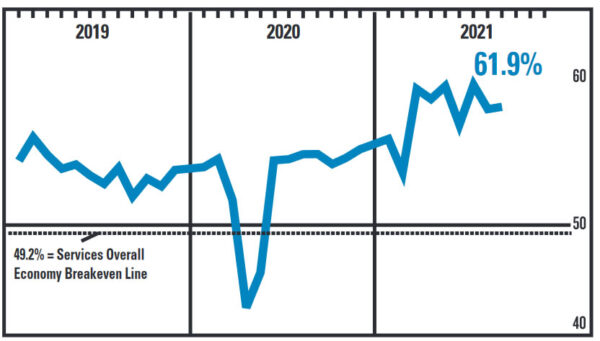
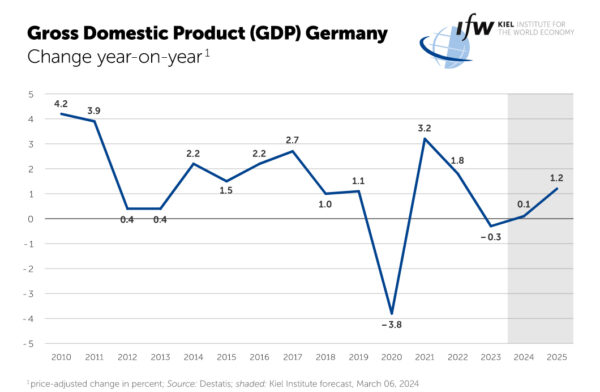
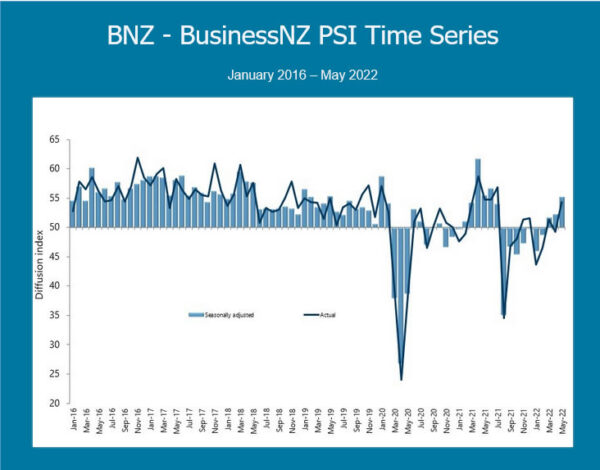
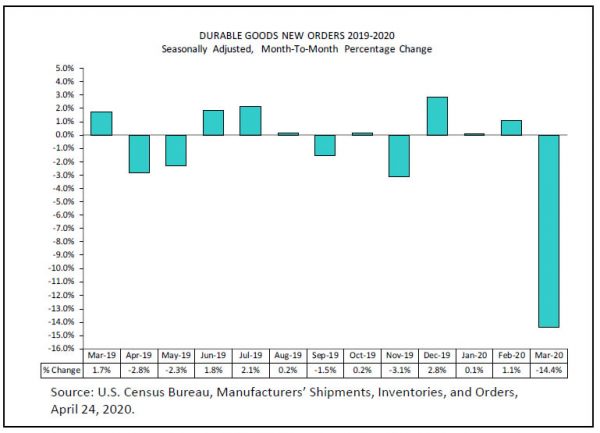

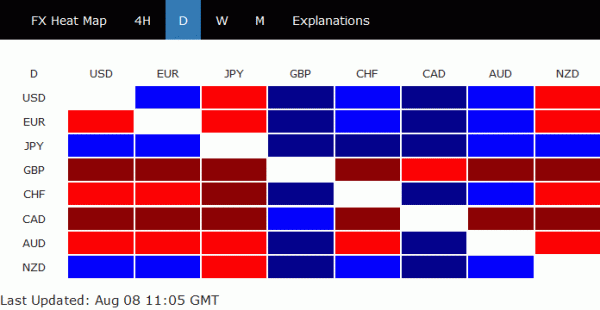
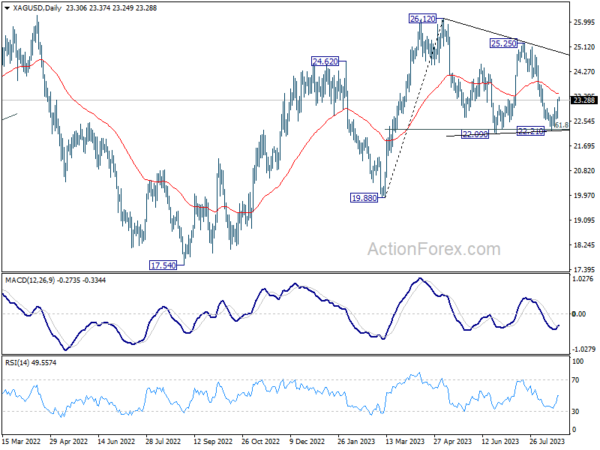
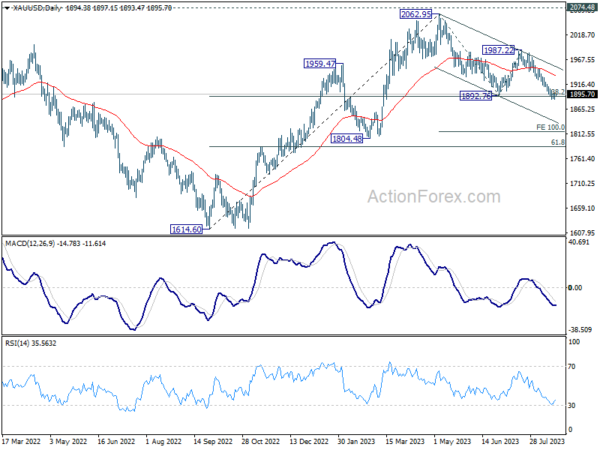

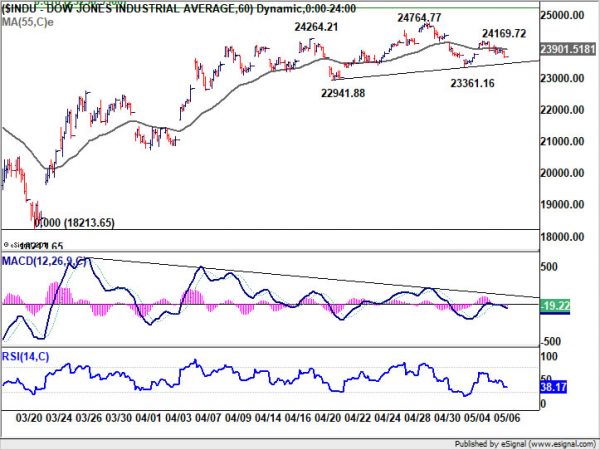
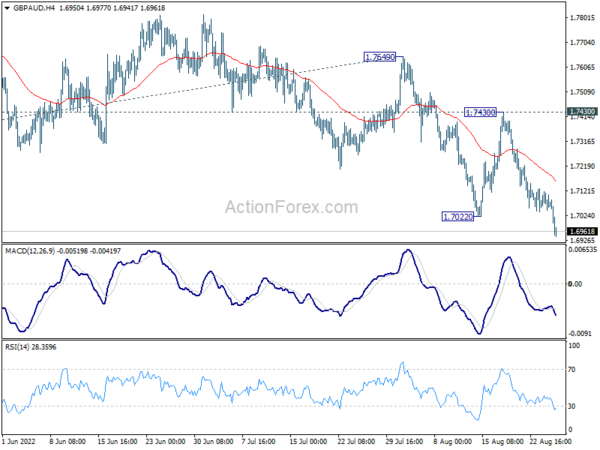
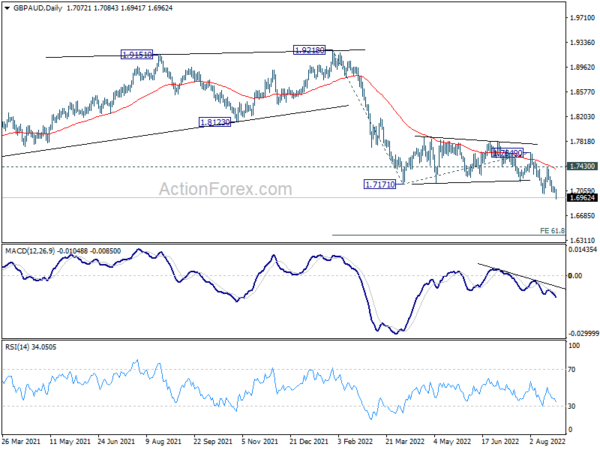
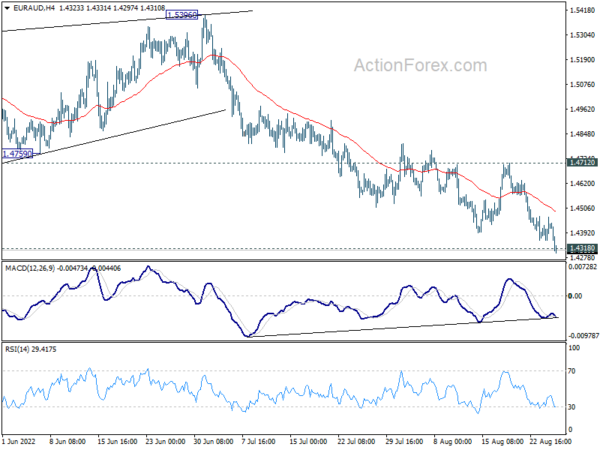
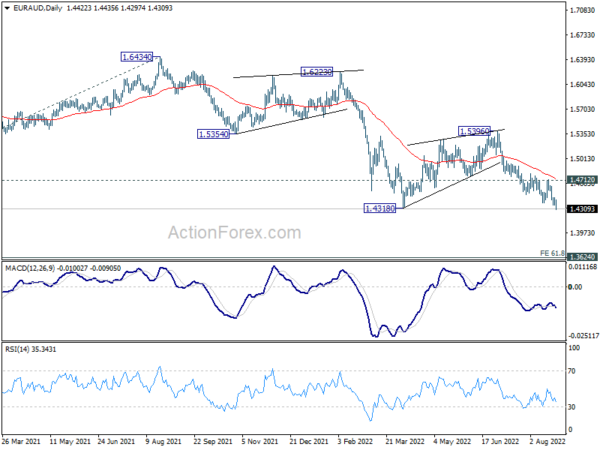
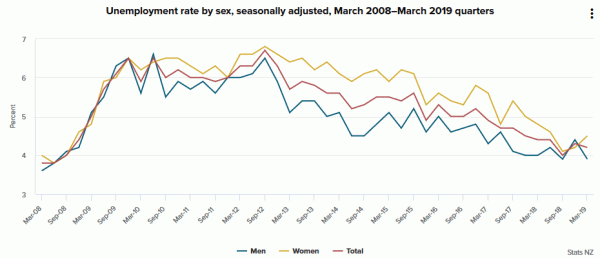
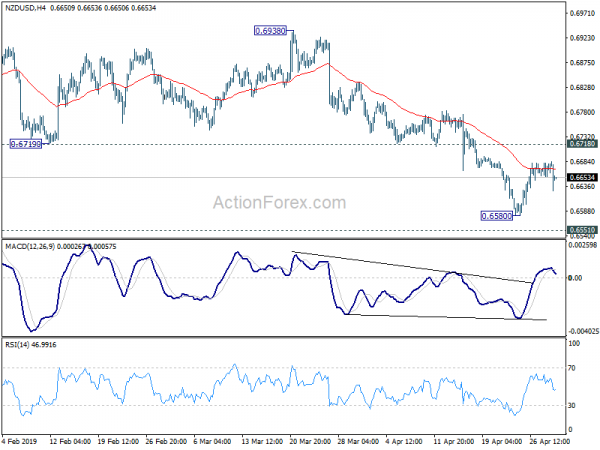

Non-farm Payrolls rose 213k, beat expectations. But unemployment rate and wage growth miss
Dollar trades notably lower in early US session despite stronger than expected headline NFP number. Non-farm payroll report showed 213k growth in June, above expectation of 190k. Prior month’s figure was revised up from 223k to 244k. Unemployment rate rose to 4.0%, up from 3.8%. But that’s mainly thanks to rise in participation rate from 62.7% to 62.9%. Wage growth was a miss though as average hourly earnings rose 0.2% mom versus expectation of 0.3% mom. Also from the US, trade deficit narrowed slightly to USD -43.1B in May.
From Canada, the employment market rose 31.8k in June, above expectation of 24.0k. Unemployment rate rose to 6.0%, up from 5.8%. Also, that’s due to rise in participation rate from 65.3% to 65.5%. Trade deficit widened to CAD -2.8B in May.